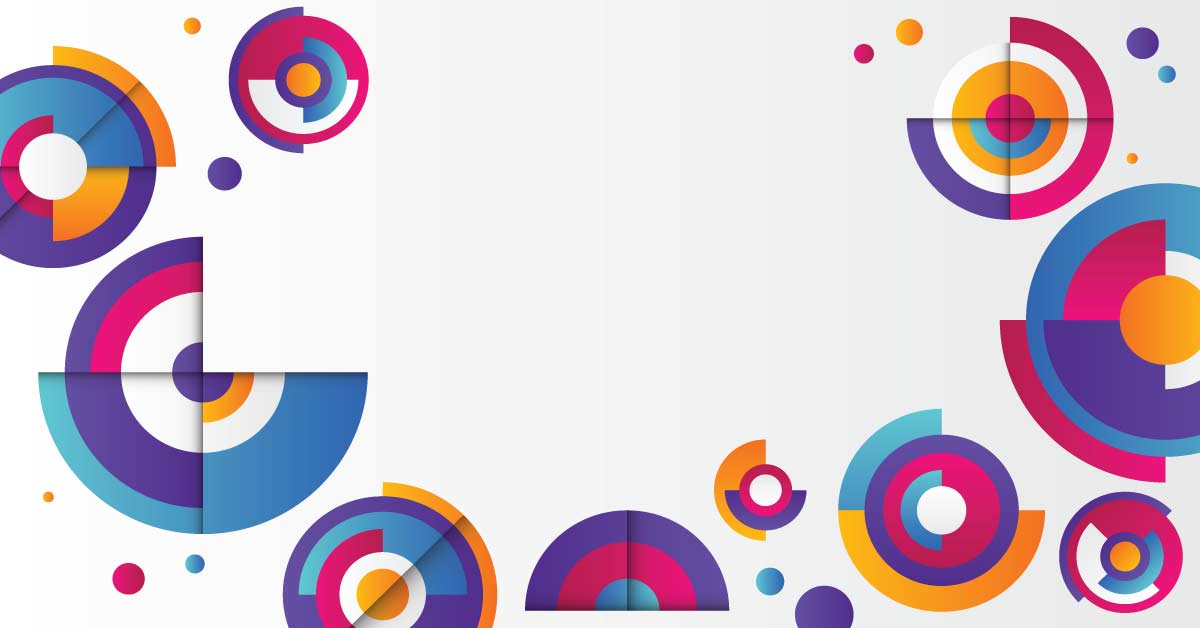Office hours
Mo-Fr 08:00 AM – 16:00 PM
Phone
Address
Hömerichstr. 40
51643 Gummersbach

Do you feel confused by the vast amount of possible website color schemes and don’t know which one to pick?
Everyone has a preferred color combination. A professional designer, on the other hand, recognizes the significance of analyzing a color scheme in relation to the brand and the products or services that are being advertised.
Depending on the palette you choose, colors can elicit emotional responses.
Making good color decisions takes planning. They may have as much of an effect on how a visitor perceives what they see as the design and typography of a site — and, when done correctly, they can have a positive effect on each visitor’s overall impression of the business.
In this post, we’ll look at why choosing the proper colors for your website is important.
Before we go into the process of choosing a color palette for your website, it’s crucial to understand why color schemes are so significant.
After all, you could believe that what counts most is the content. That is correct, but it is not all.
The public adores content. Fresh ideas and engaging content entice them, but you must first gain their attention. This is where color palettes for websites come into play.
You have the chance to dramatically improve your visitors’ experience with your material if you pick the proper website color palette.
Your website serves as an online home for your business.
It must be a true reflection of your brand. Furthermore, it must be memorable enough for people to return after their initial visit. And besides, many of your users won’t be ready to buy or complete another key conversion on their first visit, but they’ll need to remember your business in order to return and complete those activities.
If your firm already has a color palette, it’s critical to include it in the design of your website. This makes it easier for users to link it to other areas where they’ve seen your brand. Furthermore, if your color palette is constant throughout your site, they’ll know they’ve returned to the proper place no matter which page they land on.
Your site design not only tells people who your firm is, but it also influences their first impressions of your brand.
Of course, there’s a lot more to website design than just color. Even so, because the color is one of the most visible elements on your website and one of the only elements a visitor can notice within the first 50 milliseconds, your color scheme can greatly affect a user’s impression of your business.
The explanation for this is, to some part, obvious. After all, one of the simplest components of a website to “understand” is color. It may be evaluated almost instantly and does not necessitate visitors to analyze copy or other content.
However, it’s also vital to examine the effect of color psychology in these hasty decisions. Those that want to convey a feeling of inventiveness and creativity, for example, use purple in their graphics, whereas brands that aim to convey a sense of harmony and tranquility use black and white. This is closely related to the “character” you desire for your brand.
Brands can combine features sometimes, but mostly, their “character” is focused on only one. A firm selling camping equipment, for instance, would associate with “ruggedness,” whilst a fashion label might strive for “elegance.” While each color may elicit a different emotion or reaction, for the most part, some colors are better options than others for businesses and websites.
A specific website color palette may be useful for indicating that particular parts are significant. Keep the Isolation Effect in mind when you decide how to employ your color palette on your pages to optimize its impact.
The basic premise underlying this psychological theory is that the more noticeable and distinctive an object is, the more likely it is to be remembered. Make sure the colors you chose will allow you to highlight certain calls-to-action on your web pages without conflicting with the balance of your design.
Users like color palettes with similar tones, but they also like palettes with a strong contrast color. So, while your main color should have a lot of contrast, it’s better if the rest of your palette has a lot of similar colors.
This implies that using one strong, attention-getting accent color in your web design is not only beneficial for separating specific features, but also a wonderful way of creating a blend that many of your users will enjoy.
Mo-Fr 08:00 AM – 16:00 PM
Hömerichstr. 40
51643 Gummersbach